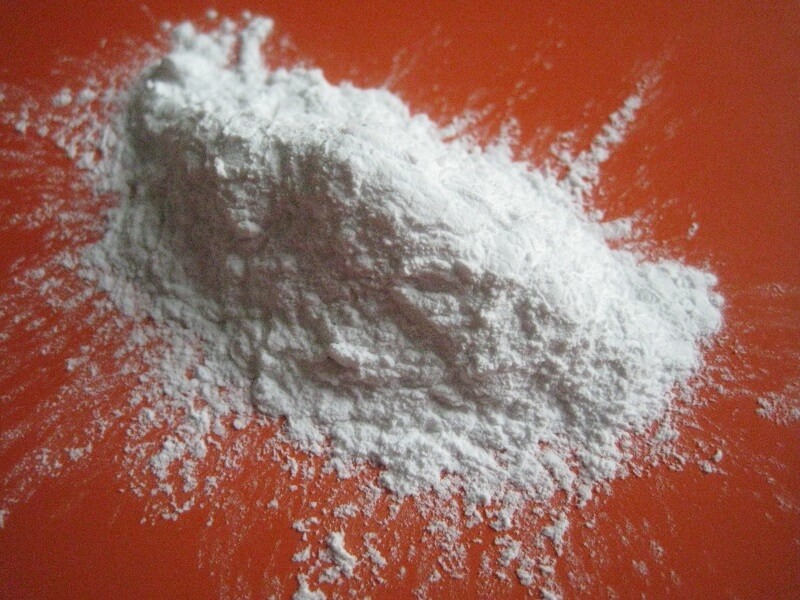Application of white fused alumina WFA in wear-resistant industry
1. Abrasive tool manufacturing
White fused alumina WFA has become the core raw material of abrasive tools such as grinding wheels, abrasive belts, and abrasive pastes due to its high hardness (Mohs hardness 9) and wear resistance. For example, grinding wheels are used for efficient grinding of metal or ceramic workpieces in mechanical manufacturing, while abrasive belts are used for precision polishing to improve surface finish. In addition, white fused alumina WFA micropowder can also be made into fine abrasive tools such as oilstones and grinding discs for ultra-fine grinding of machine tool spindles.
2. Surface treatment and repair
Grinding and polishing: white fused alumina WFA powder is used for surface treatment of materials such as metals, ceramics, and glass to remove burrs and oxide layers and improve the accuracy and finish of workpieces.
Sandblasting cleaning: As a sandblasting medium, white fused alumina WFA can efficiently remove rust or old coatings on metal surfaces, and is suitable for scenes such as automobile repair and ship maintenance.
3. Ceramic industry
white fused alumina WFA is a key material for manufacturing highly wear-resistant ceramic parts (such as ceramic bearings and cutting tools). Its chemical stability and high temperature resistance (>2000℃) also make it an ideal choice for high temperature equipment such as kiln linings and refractory bricks.
4. Braking system
In the automotive field, white fused alumina WFA is used as a friction material for brake pads, which significantly improves wear resistance and high temperature resistance, ensuring a stable and responsive braking process.
5. Refractory reinforcement
White fused alumina WFA powder is used as an additive to reduce the porosity of refractory materials and increase their strength. It is used for linings of high temperature equipment such as metallurgical furnaces and glass melting furnaces.
6. Coatings and composite materials
White fused alumina WFA powder can be added to wear-resistant coatings or resins to enhance the hardness and corrosion resistance of the coating and extend the service life of mechanical parts (such as pipes and reactors).
Summary
With its high hardness, chemical inertness and high temperature resistance, white corundum covers many fields in the wear-resistant industry, such as mold manufacturing, surface treatment, ceramic parts, and brake systems, becoming a core material for improving equipment durability and process efficiency.















